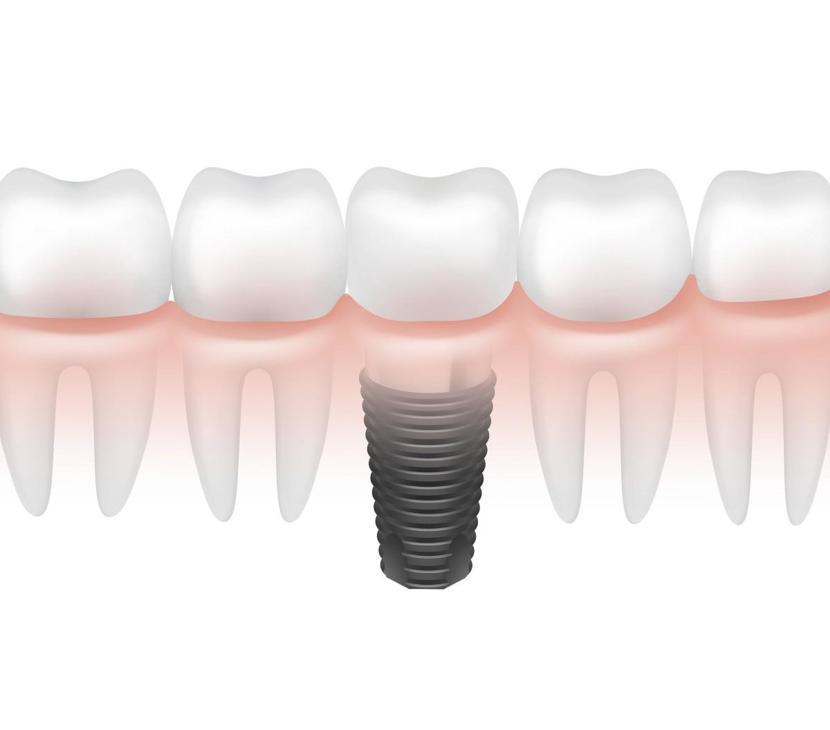Dental Implants 101: Types, Benefits, and Considerations

Dr. Terry Mah has worked at Bower Dental longer than any of the other dentists and he is known for his compassion and willingness to help people. As a general dentist, Dr. Mah has developed two additional areas of focus. Orthodontics and snoring therapy are a large part of his practice and after 25 years, he has helped... more
Missing teeth don't just leave unsightly gaps; they can impact your speech, chewing, and even self-confidence.
Thankfully, modern dentistry offers a revolutionary solution: dental implants. These biocompatible titanium posts act as artificial tooth roots, providing a sturdy foundation for crowns, bridges, or dentures.
But with different types of dental implants available, choosing the right one can seem overwhelming.
This blog post delves into the fascinating world of dental implants, empowering you to navigate your journey toward a complete, confident smile.
Why Replace Missing Teeth? It's More Than Aesthetics
Missing teeth, even a single one, can trigger a domino effect. Adjacent teeth may shift, causing bite misalignment and pain. Chewing becomes compromised, affecting nutrition and digestion. Speech can become slurred, impacting communication and self-esteem.
But replacing missing teeth with dental implants goes beyond restoring aesthetics.
It preserves jawbone health, preventing shrinkage and facial bone loss. Implants act like natural teeth, stimulating the jawbone and keeping it healthy for years to come.
Types of Dental Implants
Now, let's dive into the three main types of dental implants, each with its unique advantages and considerations:
1. Endosteal Implants:
Endosteal implants, the most common type, are surgically placed directly into the jawbone, mimicking the structure of a natural tooth root.
They boast a high success rate, exceptional stability, and a natural look and feel.
Ideal candidates for endosteal implants have sufficient jawbone density and good overall health.
2. Subperiosteal Implants:
For individuals with inadequate jawbone density, subperiosteal implants offer an alternative.
These implants rest on top of the jawbone, supported by a metal framework.
While less common than endosteal implants, they provide a viable option for restoring functionality and aesthetics in specific cases.
3. Zygomatic Implants:
Zygomatic implants offer a unique solution for patients with severe jawbone loss or complex facial structures.
These specialized implants are anchored in the cheekbone, bypassing the jawbone altogether.
Zygomatic implants are typically used in the upper jaw, where bone loss is more common due to sinus proximity.
Choosing the Right Implant:
Picking the right dental implant for you is like a team effort. So, your dentist or oral surgeon will really dig in – like with X-rays and 3D scans – to check out your jawbone and health history.
They'll also chat with you about what you're aiming for. Together, you'll go over the upsides and downsides of each implant option, so you can pick dental implants that fit your situation and wallet.
Conclusion
Okay, so that was all the information that you might want to know about the types of dental implants used in restorative dentistry.
I hope you liked it. Feel free to share this post…and…if you have any questions related to dental implant types–don’t hesitate to reach out to us.
You can also consult with our dentist near you to explore your options and determine the best option for you.







